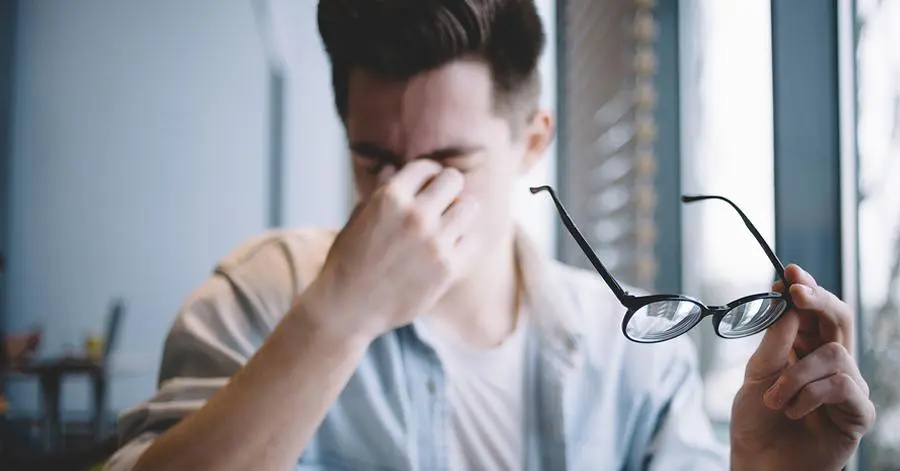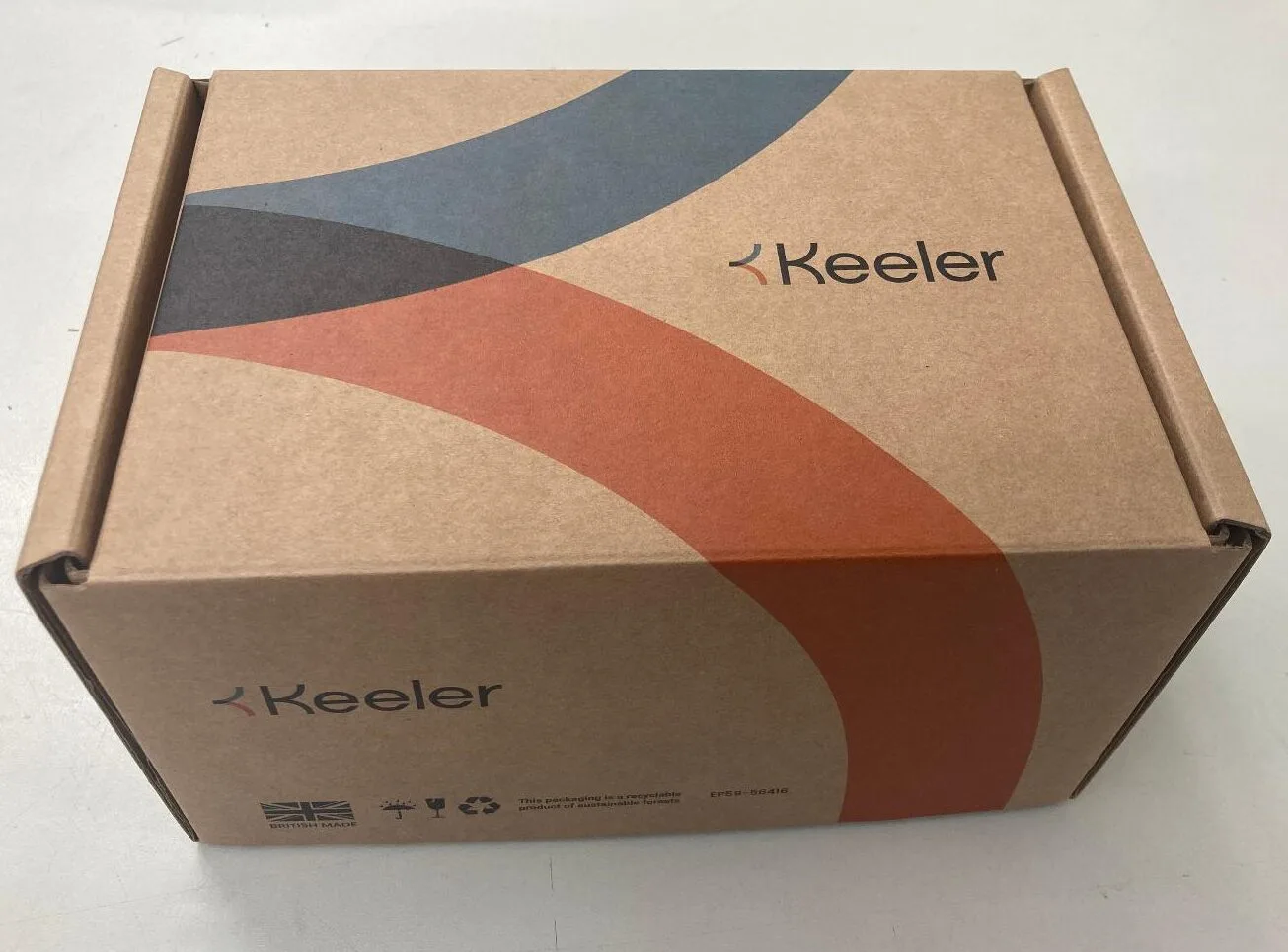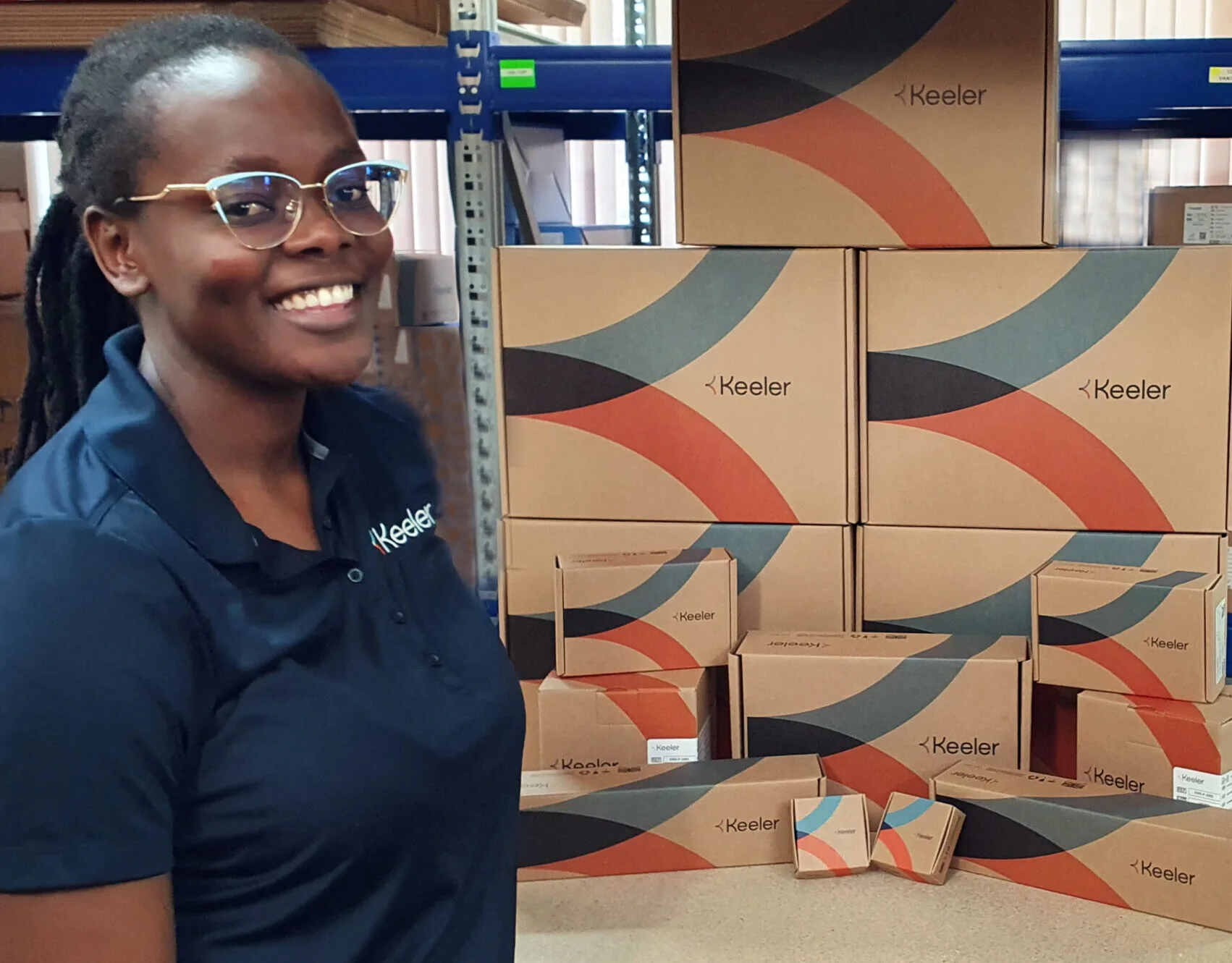
Crystalizing the Connection Between Concussions and Eye Problems

Did you know there was a strong connection between concussions and eye problems? In fact, research finds your patients may be 69 to 82 percent more likely to develop vision issues after getting a concussion. As an optometrist, ophthalmologist, optometry student, or other eye care professional, it’s critical you have an understanding of this connection. Continue reading to learn more about the connection between concussions and eye problems.
What is a Concussion?
A concussion is more than just a “bump” in the head. According to the Centers for Disease Control and Prevention (CDC), it is a type of traumatic brain injury. It is a potentially serious medical condition that can happen to anyone, especially active children and teenagers and athletes during sports.
A concussion can have serious long-term effects on brain and eye functions and should, therefore, be treated right away. An eye and vision test should also be done as soon as possible to confirm or rule out concussion-related problems with the eyes or vision system.
Post-Trauma Vision Syndrome
Following a concussion, your patient may have developed what is called post-trauma vision syndrome (PTVS). This condition can be identified by these common symptoms you should look for when performing an eye exam:
- Dizziness
- Eye pain or strain
- Headaches
- Blurred vision or double vision
- Problems with eye coordination
- Walk or stride problems
Other concussion-related vision symptoms
- Partial vision loss
- Visual motion sensitivity
- Sensitivity to light or photophobia
- Abnormal eye movements
- Difficulty scanning or tracking
Crystalizing the Connection Between Concussions and Eye Problems
There is a connection between concussions and eye problems. Studies on the relationship between the brain and eyes show more than 50% of the brain is dedicated to processing vision. Additionally, about 80% of all sensory processing is directly linked to what the eyes see.
As such, it is not unusual for patients who had a concussion to experience PTVS or a disconnect between their central and peripheral vision as well as their posture and balance system. Central or focal vision helps the eyes see fine details while spatial or peripheral vision helps the eyes see objects to the left and right—without needing to turn the head.
The disconnection between the two vision types and related symptoms such as motion sensitivity or spatial disorientation may still be present in patients whose standard optometric testing shows them as having 20/20 vision. Once the concussion upsets the vision system and body balance, your patient may have difficulty performing daily functions such as work or engaging in leisure activities.
Functional Vision Problems After a Concussion
Head injury or trauma from a concussion can impair functional vision skills in your patient even if routine medical imaging tests do not spot the signs. Functional vision allows the patient to move, team, and focus their eyes to gather information from their surroundings. It also enables them to scan and track movements.
- Eye movements – Enables the patient to fix their eyes on and follow a moving object or switch fixation between objects as the case may be.
- Eye teaming – The patient uses both eyes to fixate on a particular object. This produces two images, one from each eye. The brain then combines the images to provide depth perception, e.g., judging distance between objects.
- Eye focusing – Enables the patient to see an object clearly, particularly when near. Eye focusing also gives them the ability to shift focus between objects and see them at different distances.
Therefore, when the visual system is impaired one or more specific vision treatments may be necessary to restore normal vision functionality. This, in turn, can improve your patient’s quality of life.
The Right Optical Instruments Can Make a Difference
This information on the connection between concussions and eye problems is intended to help you probe further when performing an eye exam. With Keeler’s cutting-edge advanced optical instruments and tools, you are better able to identify abnormalities or vision problems present. For example, a Functional Vision Test can be done to assess eye movements, focus, and teaming. You can then recommend the necessary eye or vision treatment to improve the PTVS symptoms and restore the patient’s functional vision.
Treatment for Concussion Vision Symptoms
Common treatment for concussion vision symptoms can include a range of solutions, including:.
- Glasses: You can prescribe lenses that are designed to eliminate the symptoms of concussion-related visual impairment and improve visual function.
- Vision therapy: This involves recommending a series of at-home and in-office exercises and activities aimed at improving the visual skills affected due to the concussion or head injury.
- Syntonics: Also called syntonic phototherapy and optometric phototherapy, this non-invasive treatment is done using a therapeutic light to help rehabilitate the affected vision skills. During therapy, the patient sits in a dark room and views colored lights for about 20 minutes for a specified number of sessions. Syntonics can help to improve eye strain, double vision, depth perception, headaches, and light sensitivity associated with a concussion.
Contact Keeler for the Best Optometry Equipment
For more than 100 year, Keeler has been manufacturing world-class instruments and been a leader in the industry. We don’t just manufacture the best optometry equipment, we are in business to empower eye care professionals to help their patients lead happier and healthier lives.
Contact Keeler today!




